calsfoundation@cals.org
Walnut Ridge (Lawrence County)
County Seat
| Latitude and Longitude: | 36º04’06″N 090º57’21″W |
| Elevation: | 270 feet |
| Area: | 16.62 square miles (2020 Census) |
| Population: | 5,384 (2020 Census) |
| Incorporation Date: | October 29, 1880 |
Historical Population as per the U.S. Census:
|
1810 |
1820 |
1830 |
1840 |
1850 |
1860 |
1870 |
1880 |
1890 |
1900 |
|
– |
– |
– |
– |
– |
– |
– |
301 |
457 |
845 |
|
1910 |
1920 |
1930 |
1940 |
1950 |
1960 |
1970 |
1980 |
1990 |
2000 |
|
1,798 |
2,226 |
2,007 |
2,013 |
3,106 |
3,547 |
3,800 |
4,152 |
4,388 |
4,925 |
|
2010 |
2020 |
|
|
|
|
|
|
|
|
|
4,890 |
5,384 |
|
Walnut Ridge, county seat of Lawrence County, is located in northeast Arkansas. In response to World War II, the United States government opened the Walnut Ridge Army Flying School in 1942 on the northern outskirts of the town. The flying school was essential in the training of World War II pilots and in the dismantling of planes and other military equipment at the end of the war. Today, Walnut Ridge is the home of Williams Baptist University and is located on a major railroad line. The town also recently opened a museum dedicated to the World War II Army Flying School.
Pre-European Exploration
Earliest inhabitants in Lawrence County were Native Americans. During the Mississippian Period (approximately AD 900–1600), the Osage, Quapaw, and Caddo were the three main tribes inhabiting the state of Arkansas. The Osage settled in southern Missouri and northern Arkansas. Over time, the United States government removed the Native Americans from the Lawrence County and sent them westward.
The earliest Europeans to come through northeast Arkansas were likely Spanish and French explorers. They did not make permanent settlements, though.
Civil War through Reconstruction
The earliest permanent European settlers came to Walnut Ridge around 1860. They settled in an area separate from the current town, now referred to as Old Walnut Ridge. Higher in elevation than surrounding areas, settlers believed Old Walnut Ridge was better suited for farming. However, when it was announced in 1873 that the railroad would be laying tracks through the area, the settlement moved closer to the railroad route. Colonel Willis Miles Ponder, a Civil War veteran from Missouri, formally founded the town of Walnut Ridge in 1875. He later served as its first mayor.
Before applying for a post office, Ponder called the town Pawpaw because of the number of pawpaw trees in the original area. The town’s name was changed after moving to its new location. Upon application for a post office at the new site, Ponder was informed that there was already another town in Arkansas with the name of Pawpaw. Ponder changed the name to Walnut Ridge due to the number of walnut trees in the new area.
Both sawmilling and agriculture provided substantial and prosperous income for the citizens of Walnut Ridge. Cotton was the main crop grown, but corn and hay were grown as well.
During the Civil War, Lawrence County saw seventeen regiments mustered for the Confederacy. Walnut Ridge, having not been formally founded yet, had no regiments representing Lawrence County. No major Civil War battles occurred in or around Walnut Ridge.
Post Reconstruction through Early Twentieth Century
Walnut Ridge has had a series of newspapers throughout its history. The earliest paper, The Lawrence County Journal, began publishing in 1877 under J. H. Balding. Balding sold the paper to C. B. Oldham in 1896. Oldham changed the name to The Courier. The Courier ran until 1905. In 1884, two men named Wrenn and Jones founded The Lawrence County Democrat. The newspaper changed hands four times. In 1886, while under the ownership of George Thornburgh, the paper’s name was changed to The Telephone. The Telephone’s final owners, George W. Anderson and Annie King, moved the paper to Black Rock (Lawrence County) in 1890. George Thornburgh published a second newspaper during this same time. In 1889, Thornburgh established The Masonic Trowel in Walnut Ridge. By the end of 1889, Thornburgh moved The Masonic Trowel to Little Rock (Pulaski County).
In 1887, S. J. Howe established The Lawrence County Republican. In 1891, the Walnut Ridge Blade was established and merged with The Lawrence County Republican. Production of the merged papers was suspended until 1902, when John Clayton Riley reinstated the paper. He published the Blade until 1919, when it was taken over by F. C. Kirkpatrick. Kirkpatrick published the Blade until the mid 1920s. Walter S. S. Southworth then took control of the paper. In 1929, Southworth sold the Blade to James L. Bland Sr. Bland was already publishing the Times Dispatch. The Times Dispatch had been established by Dave A. Lindsey and Walter Smith in 1910 in Pocahontas (Randolph County). In 1910, the Times Dispatch was moved to Walnut Ridge and, in 1921, was sold to Austin C. Wilkerson and James L. Bland Sr. Within a year, Bland was the sole owner of the paper. When Bland purchased the Blade, he merged it with the Times Dispatch. The Bland family continues to publish this paper today under the name of the Times Dispatch.
Beginning in 1905, Walnut Ridge saw a series of killings and court cases now referred to as the Bagley-Ridgeway Feud.
The Walnut Ridge Race War of 1912 saw an unidentified group of white men terrorizing the black community and chasing half the black population from the town. Violence and disorder caused the local militia to be called in, and thirteen men were arrested, but all were later released.
World War II through the Modern Era
In response to World War II, the United States government decided to create an Army Air Forces Flying School near Walnut Ridge. Having originally chosen Dyersburg, Tennessee, for the location of the new airbase, the government changed the location to Arkansas after deciding that the Tennessee location would be unfeasible due to the fact that millions of cubic yards of dirt would have to be moved in order to construct the runway. Construction of the airbase began on June 20, 1942. The flying school officially opened on August 15, 1942, and began training its first class of cadets. Over the next two years, pilots were trained to fly BT-13s.
In the last year of the war, the airbase was used to hold German POWs. Very few local citizens knew about these prisoners. The Army Air Force’s use of the airbase officially ended in 1944, when it was traded to the Marine Corps, becoming the Walnut Ridge Marine Air Facility. After the war, the airbase was used to dismantle planes and other military equipment. Over 10,000 planes were flown in and stored at the airport, including planes used by General Douglas McArthur and Admiral Halsey. It was the largest number of airplanes ever amassed in any one place. Half of the planes were sold around the world for both civilian and military use. The other half was melted down and sold as scrap metal. In 1947, the United States government formally turned the base over to Walnut Ridge.
Part of the airbase was converted into a municipal airport. Southern Baptist College, now known as Williams Baptist University, took possession of 122 acres of the land, using it for student housing and educational buildings. The rest of the former air base was converted into an industrial complex.
The municipal airport is still in use today. It is a well-known stop for pilots from around the world. Famous people have made stops at the airport over the years, including the Beatles, who made an appearance at the airport in the 1960s. Recently, a group of people interested in preserving the air base’s history created a museum commemorating the air base and the people who served there.
Lawrence Memorial Hospital opened in 1960. After many years of sharing a dual county seat system with the town of Powhatan (Lawrence County), Walnut Ridge became the official county seat in 1963. It has remained the county seat ever since. The Lawrence County Courthouse was completed in 1966.
Because the town is located in the delta section of Lawrence County, agriculture is the primary economic resource for Walnut Ridge. Rice and soybeans are the main crops grown today. In addition to agriculture, Walnut Ridge still uses its nearby industrial complex. Industries such as Frit Industries, Morgan Buildings and Spas, and Douglas/Quikut all provide jobs for the area.
To commemorate the Beatles’ stopover in Walnut Ridge in the 1960s, the town has changed the name of a downtown street to Abbey Road, erected a sculpture of the Beatles in a downtown park, and created a fall music festival called Beatles at the Ridge. The town has also added a guitar-shaped plaza downtown that has plaques honoring nine musicians who traveled the Rock ‘n’ Roll Highway 67 and played around the Walnut Ridge area in the 1950s, including Sonny Burgess, Johnny Cash, and Conway Twitty.
Walnut Ridge is closely tied to its neighboring town of Hoxie (Lawrence County). In May 2016, residents of both Walnut Ridge and College City (Lawrence County), where Williams Baptist University was officially located, voted to consolidate their two communities.
Education
There is one public school system in Walnut Ridge, kindergarten through twelfth grade. Williams Baptist University also calls Walnut Ridge home. Williams Baptist College was established in 1941 by Dr. H. E. Williams, a Baptist pastor from Pocahontas. Until August 15, 1990, it was known as Southern Baptist College. Today, it is a four-year private college offering a variety of degrees, including art, English, religion and religious education, music, history, and biology.
Notable Figures
Barney Sellers, a landscape photographer and native of Walnut Ridge, received numerous prizes for his work and was nominated for a Pulitzer Prize. General James T. Conway served as the thirty-fourth commandment of the U.S. Marine Corps.
For additional information:
Lawrence County, Arkansas: 1815–2001. Paducah, KY: Turner Publishing Company, 2001.
McLeod, Walter E. Centennial Memorial History of Lawrence County. Russellville, AR: Russellville Publishing Company, 1936.
Turnbow, Tim. “Founder’s Grandson Tells How Walnut Ridge Came to Be.” Lawrence County Historical Quarterly 14 (Summer 1991): 5–9.
Danyelle McNeill
Little Rock, Arkansas
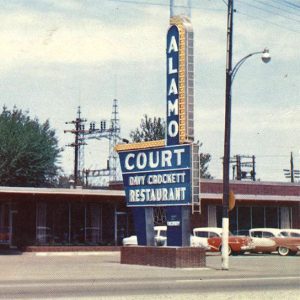 Alamo Court
Alamo Court  Beatles Sculpture at Walnut Ridge
Beatles Sculpture at Walnut Ridge 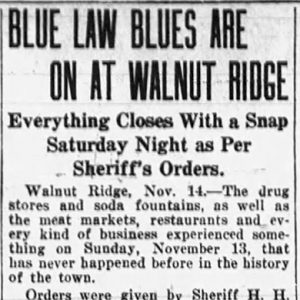 Blue Law Closings
Blue Law Closings 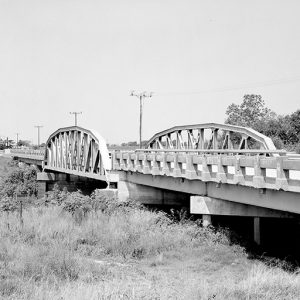 Cache River Bridge
Cache River Bridge 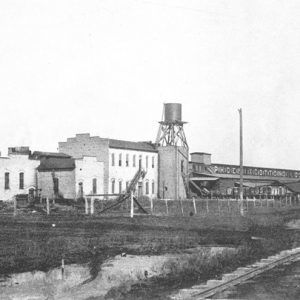 Cotton Oil Plant
Cotton Oil Plant 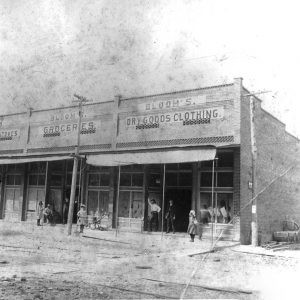 D. Bloom's Mercantile
D. Bloom's Mercantile 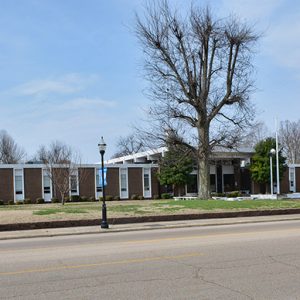 Lawrence County Courthouse
Lawrence County Courthouse 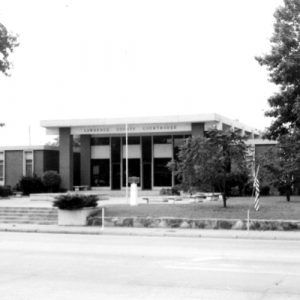 Lawrence County Courthouse
Lawrence County Courthouse 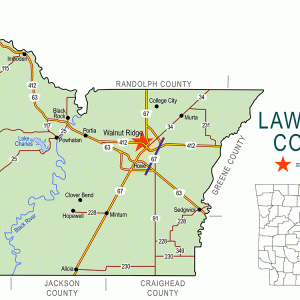 Lawrence County Map
Lawrence County Map 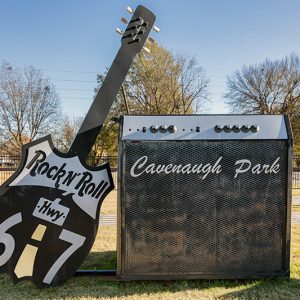 Rock ‘n’ Roll Highway Route Sign
Rock ‘n’ Roll Highway Route Sign 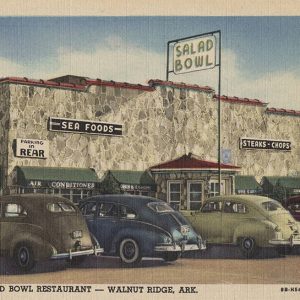 Salad Bowl Restaurant
Salad Bowl Restaurant 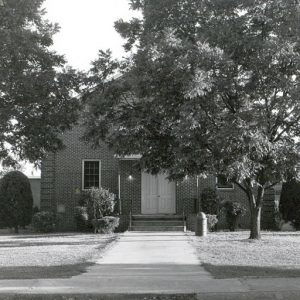 Southern Baptist College Chapel
Southern Baptist College Chapel 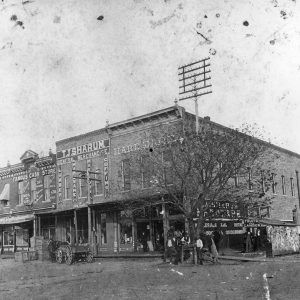 T. J. Sharum Mercantile
T. J. Sharum Mercantile 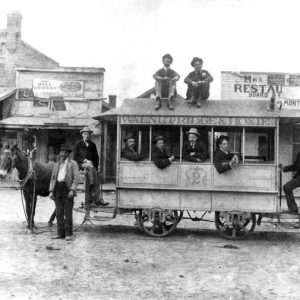 Walnut Ridge and Hoxie Mule Car Line
Walnut Ridge and Hoxie Mule Car Line 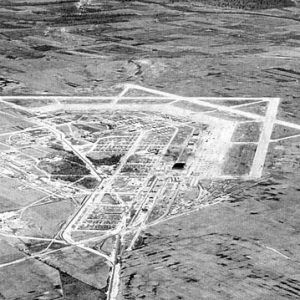 Walnut Ridge Army Air Field
Walnut Ridge Army Air Field 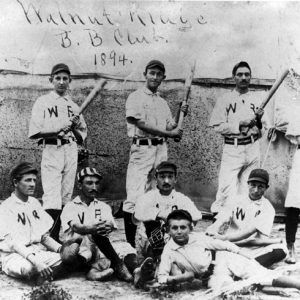 Walnut Ridge Baseball Club
Walnut Ridge Baseball Club 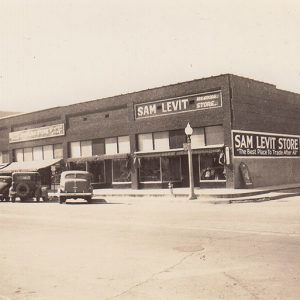 Walnut Ridge Businesses
Walnut Ridge Businesses 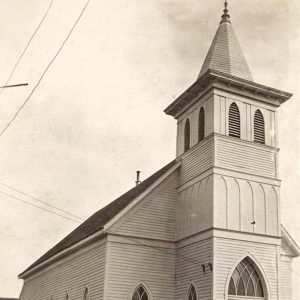 Walnut Ridge Church
Walnut Ridge Church 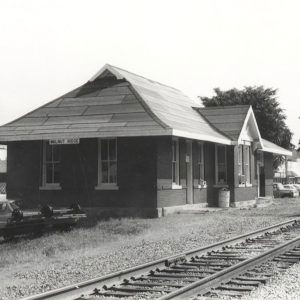 Walnut Ridge Depot
Walnut Ridge Depot 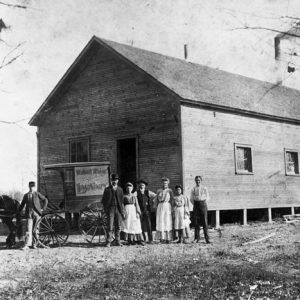 Walnut Ridge Laundry
Walnut Ridge Laundry 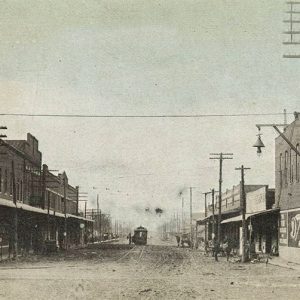 Walnut Ridge Street Scene
Walnut Ridge Street Scene 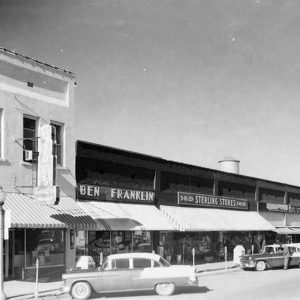 Walnut Ridge Street Scene
Walnut Ridge Street Scene 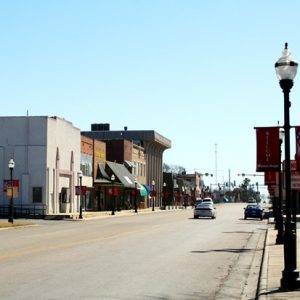 Walnut Ridge Street Scene
Walnut Ridge Street Scene 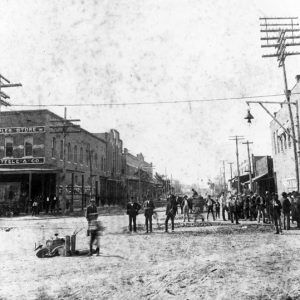 Walnut Ridge Street Scene
Walnut Ridge Street Scene 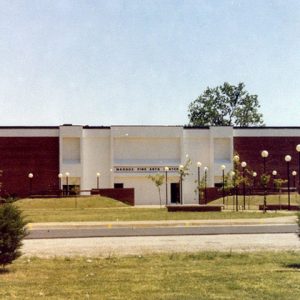 Williams Baptist College Fine Arts Building
Williams Baptist College Fine Arts Building  Yellow Submarine
Yellow Submarine 



I have heard numerous times that Walnut Ridge and Hoxie were called Twin City. I have a cash journal and financial statement ledger that has the name Twin City Mill and Grain Company on it; the year of the one I’m looking at now is 1927. I also have other items. I’m curious to know how long it was called this and why it was changed.